Value terms
Experts and appraisers also establish values in technical expert reports from the field of “machines, mechanical engineering, plants”.
Why determine values?
Depending on the type of damage, e.g. liability damage, fire damage, fire loss and/or property insurance, different values (current value, replacement value, etc.) are decisive for the settlement.
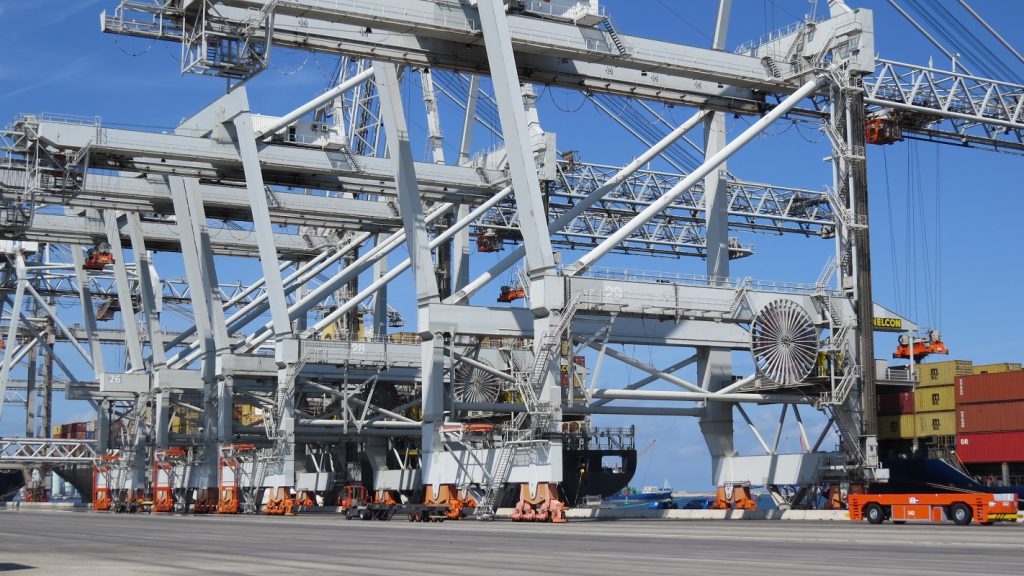
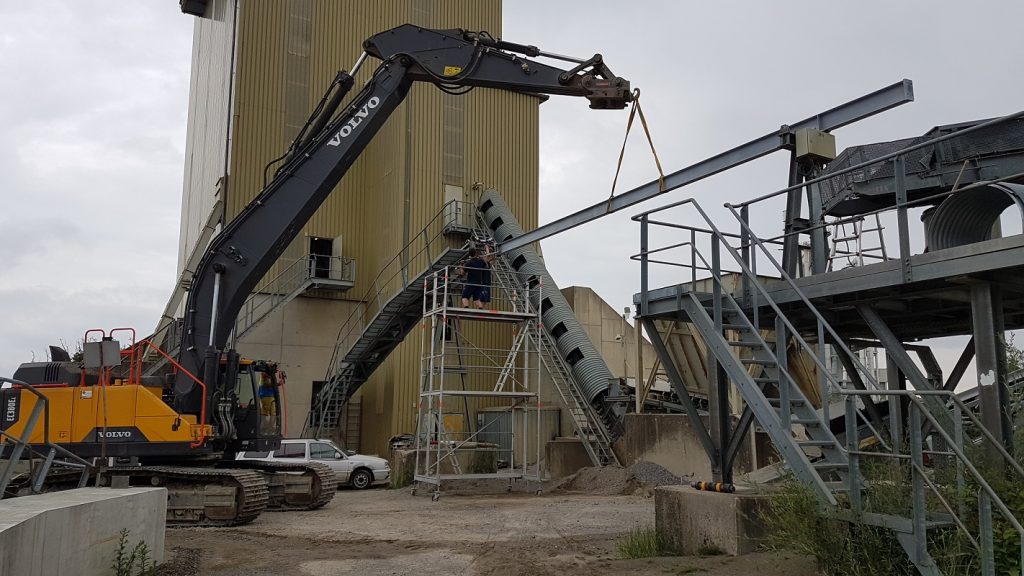
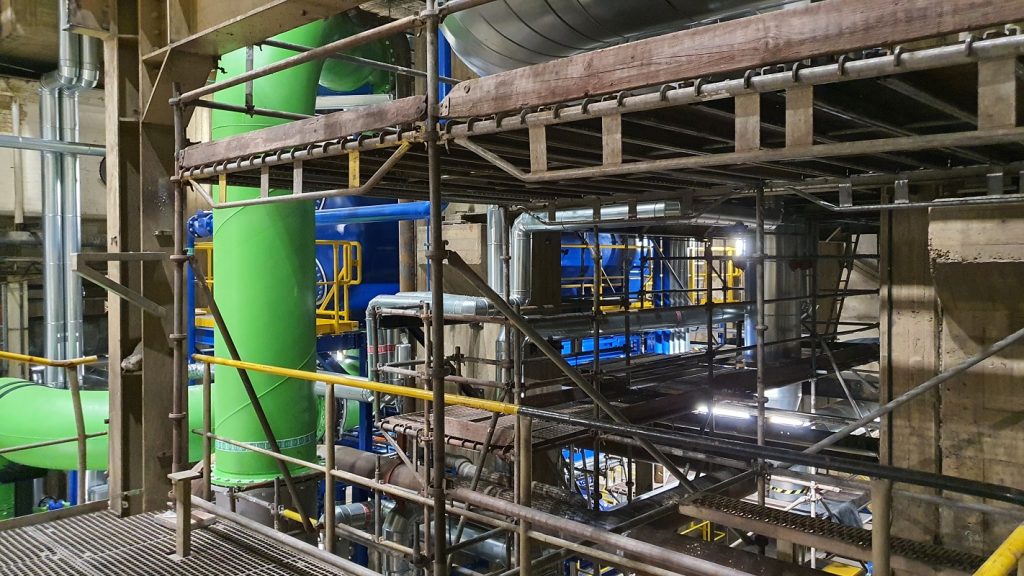
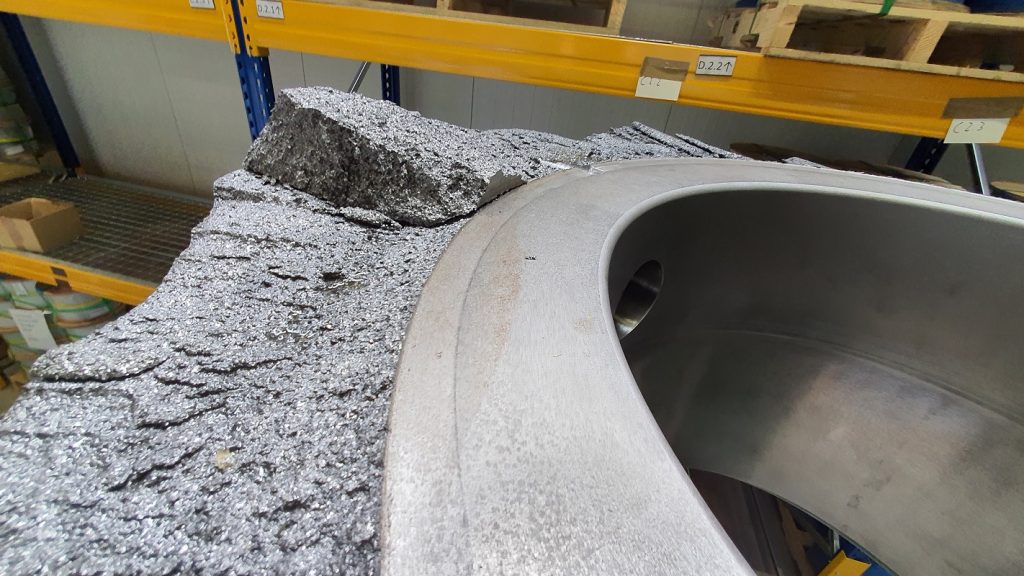
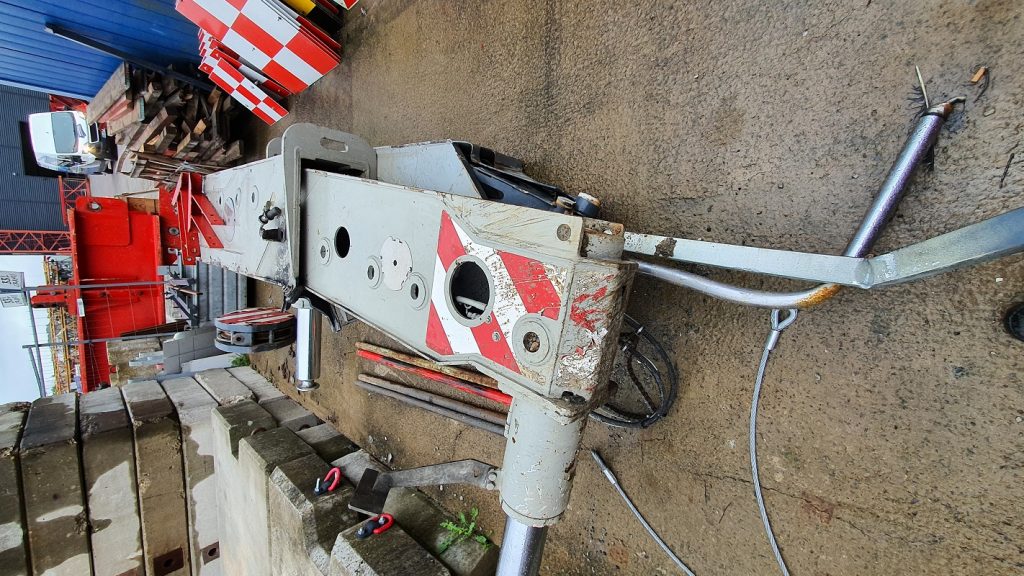
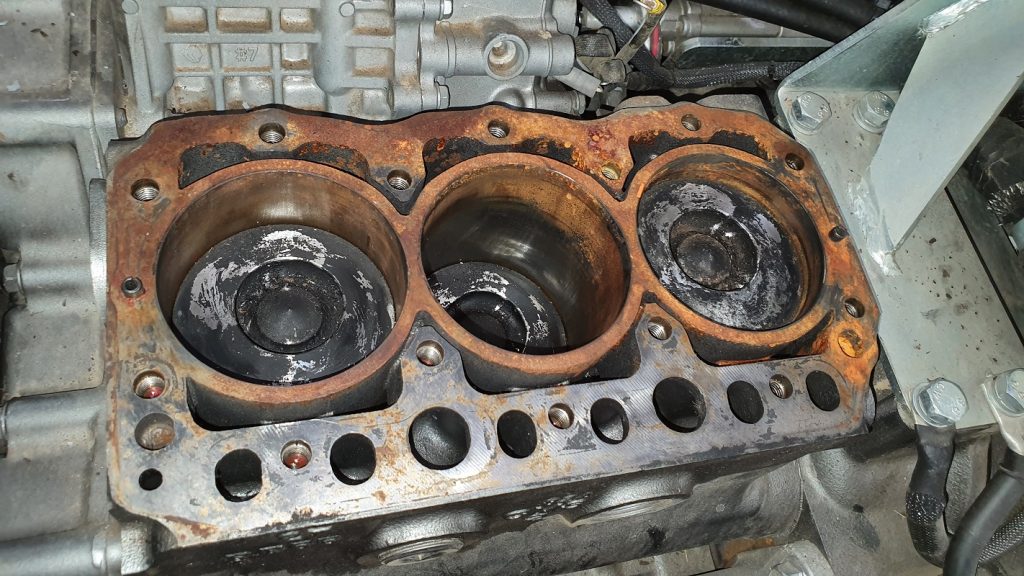
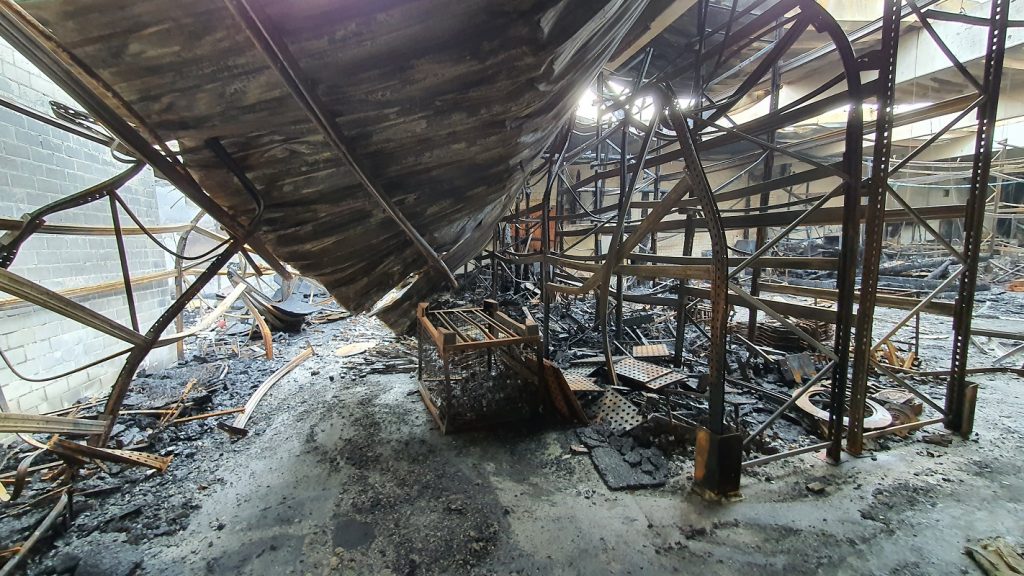
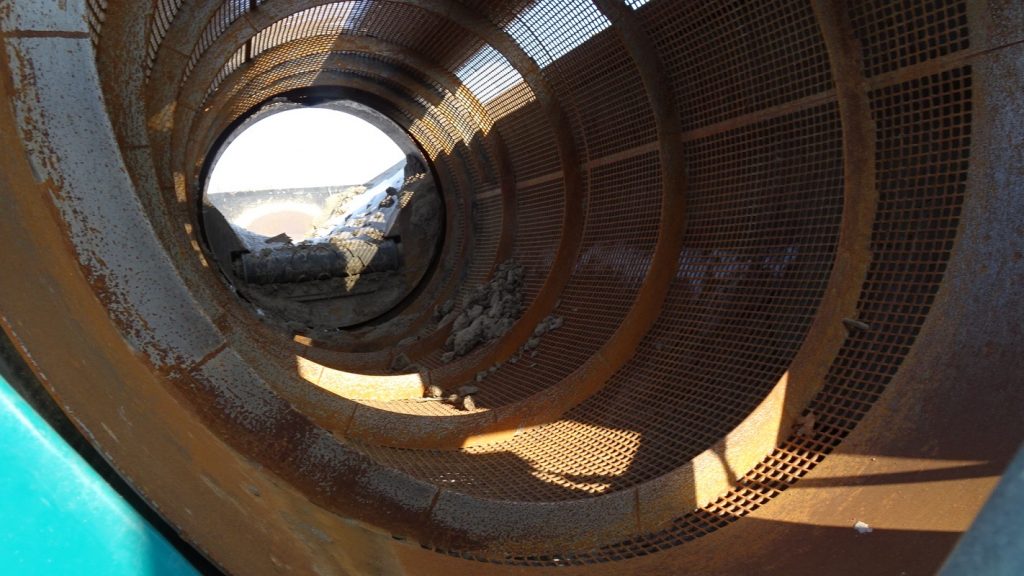
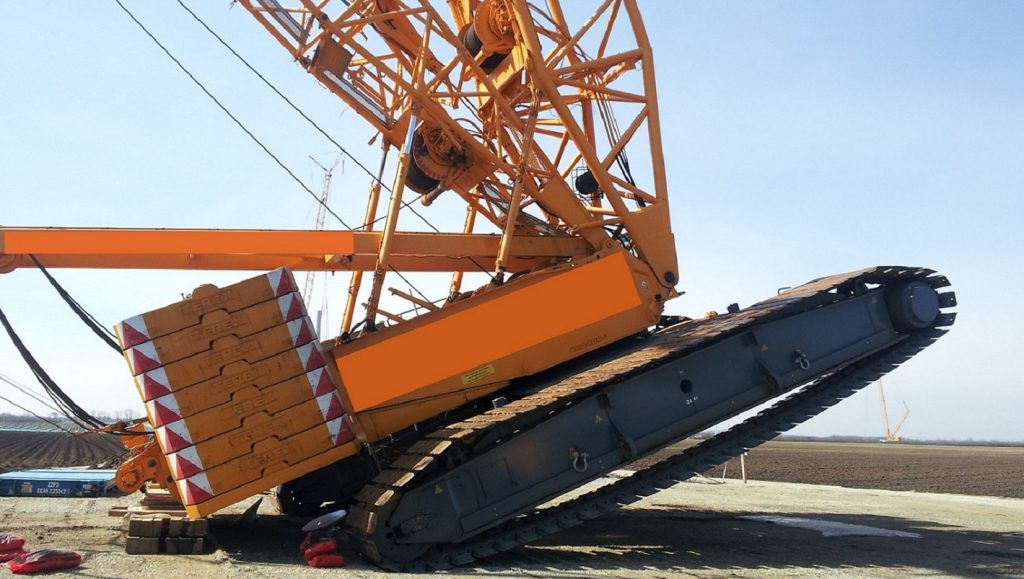
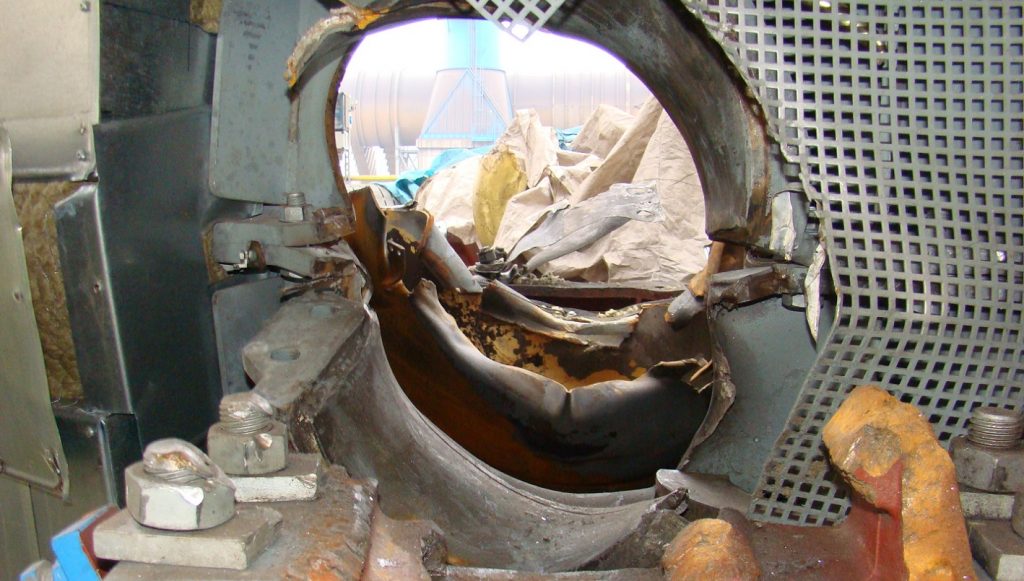
Acquisition value
The acquisition value includes the costs that had to be spent to acquire the machine or equipment at the time of acquisition.
Collateral value
The mortgage lending value is a bank-specific value and represents a value forecast. It is identical in substance to the fair value / market value less certain risk deductions for the liquidation risk in the event of forced sale. The mortgage lending value may not exceed the market value.
Fair value
This is a term from the International Accounting Standards/ International Financial Reporting Al8JBl8JCl8l Standards (IAS/IFRS), thus a balance sheet term. It is referred to in the German translation as “beizulegender Zeitwert/Verkehrswert/Marktwert”.
Utility value
It is determined by the price that would be obtained in the ordinary course of business in accordance with the nature of the asset in the event of a sale. All circumstances that influence the price must be taken into account. Unusual or personal circumstances are not to be considered. In principle, the common value is identical in content to the market value, fair value and market value.
Market value
The term market value has the same meaning as fair value.
Reduced value
It generally refers to the amount that a valuation item may lose in value due to a defect, damage or repair.
Decreased value - impaired value
This is understood to mean a pecuniary loss that may occur in the case of damaged or defective items despite technically perfect repair by deduction from the market value.
Reduced value - technical reduced value
A technical reduction in value remains if, despite careful and professional repair of the item, it is not possible to reliably restore it to the same technical condition (serviceability, operational safety, service life, external appearance) as before the damage.
New value
The new value is the market price of the unused good valid on the valuation date, including all costs incurred to make the good ready for use.
Residual value
The residual value is the value after the expiry of the underlying or technical useful life or after a damaging event. It may be identical to the scrap value.
Scrap value
The scrap value is the value that may result from the sale of an appraisal item that is no longer worth repairing at the end of its useful life, taking into account possible removal, demolition and disposal costs.
Substance value
The net asset value is the value of a company calculated by adding together the values of its individual assets after deducting its liabilities.
Market value
The market value is determined by the price that would be obtained in the ordinary course of business in accordance with the condition of the machine or plant in the event of a sale. All circumstances that influence the price must be taken into account.
The fair value of a machine or operational equipment is therefore determined by the respective market situation for the corresponding item, so that an analysis of the relevant market situation is required to determine it.
All circumstances that influence the price must be taken into account. Unusual or personal circumstances are not considered.
The fair value corresponds to the common value.
Comparative value
The comparative value is determined by the price that comparable properties have already achieved on the market. Comparability refers to type, age, measurement, condition, quality, technology, state of preservation, etc.
Insured value
The insured value is the value determined in the individual insurance lines by the terms of the insurance contract and the General Insurance Conditions or the law. A distinction must be made in the case of:
- Property insurance: New value, current value, market value, replacement value;
- Liability insurance: Replacement value, current value.
Replacement value
The replacement value is the value that would normally have to be spent to acquire a similar and equivalent valuation item, taking into account the relevant market in each case. It is directly comparable to the valuation of the used item.
Fair value (technical)
The fair value is the value of the valuation object taking into account age, operating condition, in particular wear and tear and maintenance, servicing, use and the average technical life and useful life.
Recommendation:
Call anytime if you have questions. Few clients in the industry are familiar with value terms and are usually confronted with them for the first time when a claim is made.
